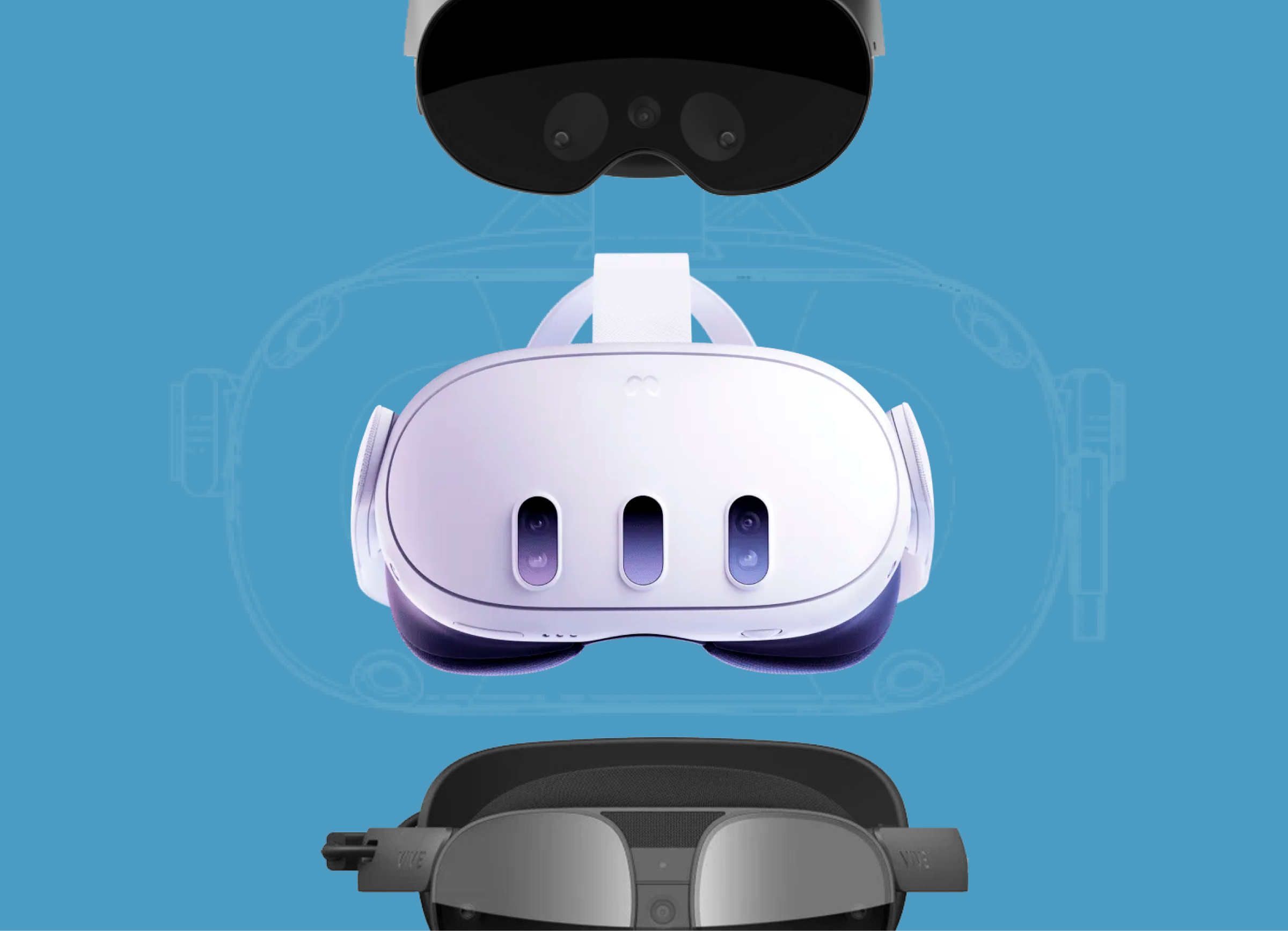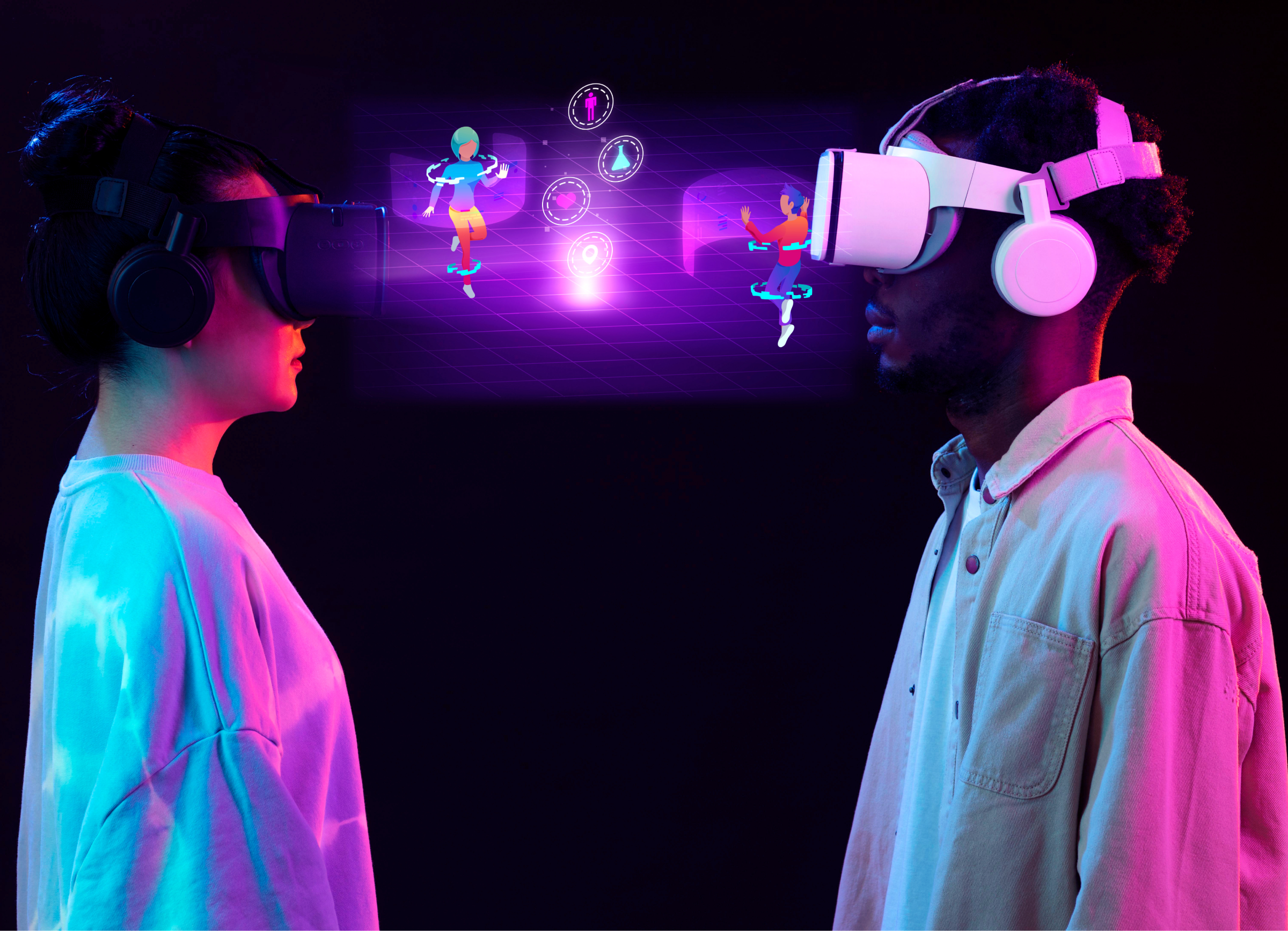
This article was written by our CEO Olga Kryvchenko and originally published on Linkedin. To get more biweekly updates about extended reality, subscribe to Olga’s XR Frontiers LinkedIn newsletter.
Embarking on an Extended Reality (XR) development journey is like setting sail on an exciting voyage into the future. However, it’s crucial to understand what you’re getting into financially before you start.
When it comes to the costs, there’s more to it than meets the eye. Hardware is your first mate in this journey. You need high-performing computers, VR headsets, AR glasses, and a host of other devices for testing and development. Depending on the size of the beast you’re taming (i.e., the complexity of your project), the hardware can eat up a good chunk of your budget.
Then there’s the software crew. You need to equip your ship with various development tools, game engines like Unity or Unreal Engine, and other software for designing, coding, and testing your XR application. Don’t forget to factor in any licensing fees you might encounter along the way.
Let’s not forget the human element. Your crew, including designers, developers, project managers, testers, and others, need to be compensated for their efforts. Depending on the technical skills your project requires, personnel costs can climb.
Finally, the unexpected expenses – the pirates of your budget voyage. These can include training for your team, travel expenses for meetings, the cost of permissions or certifications, and any other surprises that might pop up during the development journey.
But remember, being cost-efficient in XR development isn’t just about trimming the fat. It’s about making smart decisions to use your resources effectively and deliver a top-notch XR application. Knowing these costs allows you to strategically allocate resources, make well-informed decisions, and ultimately increase your treasure trove – the return on investment in your XR projects.
Now, let’s talk strategy. How do you get the most bang for your buck in your XR development journey?
- The Lean Approach: This method is all about minimizing waste – whether that’s time, resources, or effort – and focusing on delivering maximum value. In the world of XR, this could mean creating a Minimum Viable Product (MVP) first with only the essential features, and then improving based on user feedback.
- Existing Tools and Platforms: Why reinvent the wheel when you can stand on the shoulders of giants? There are several XR development tools available that can help reduce costs. Plus, many of these platforms offer tutorials and community support, which can speed up development and cut down training costs.
- Outsourcing vs. In-house Development: Think about your project’s complexity and your team’s skills. Would outsourcing tasks or even the entire process be more cost-effective? Or would developing in-house save more pennies? Weigh your options carefully.
- Agile Development Principles: Agile is all about flexibility, iteration, and continual improvement. This approach allows teams to quickly adapt to changes, learn from each cycle, and reduces the risk of expensive mistakes or unnecessary features.
- Prioritizing Features: Not every feature needs to be in the first release of your app. Prioritize based on user needs and business goals. Start with an MVP and add more features in subsequent updates based on user feedback.
Setting sail in the sea of budget XR development isn’t always smooth sailing. It’s filled with potential pitfalls. But knowing these challenges and strategies to avoid them can be the difference between sinking and sailing to success.
Common mistakes include underestimating costs and time, neglecting user testing, and trying to include too many features at once. Make sure you invest time in planning, include user testing at various stages, and prioritize your features to avoid these blunders.
And remember, while being cost-efficient is important, don’t sacrifice quality. A poorly executed XR app can sink your reputation. Invest in good design, thorough testing, and continuous refinement based on user feedback.
Also, consider this: when you’re on a tight budget, it can be tempting to cut corners. However, it’s crucial to maintain the balance between cost-cutting and producing a high-quality, engaging XR experience. It’s like maintaining the balance of your ship in stormy seas – you need to manage your resources wisely while ensuring your XR app is an experience users will love.
As we drop anchor on this guide, it’s clear that embarking on an Extended Reality (XR) development journey can be an exciting, yet challenging adventure, especially when budget constraints are part of the equation. However, with a clear understanding of the costs involved, the adoption of cost-efficient strategies, and an unwavering commitment to quality, successful XR development is entirely achievable even within a tight budget.
Remember, it’s not just about cutting costs, but smartly allocating resources and leveraging existing tools and methodologies. It’s about being lean and agile, prioritizing effectively, and being wise in choosing between outsourcing and in-house development. But most importantly, it’s about maintaining a balance – a balance between cost-cutting and quality, between innovative features and user needs, and between your ambitious vision and the realities of the development process.
In the end, the seas of XR development may be unpredictable, but with careful planning, strategic decision-making, and a learning mindset, you’re well-equipped to navigate these waters successfully. So here’s to your upcoming XR journey – may it be filled with innovation, efficiency, and a whole lot of success.
Image: Freepik



